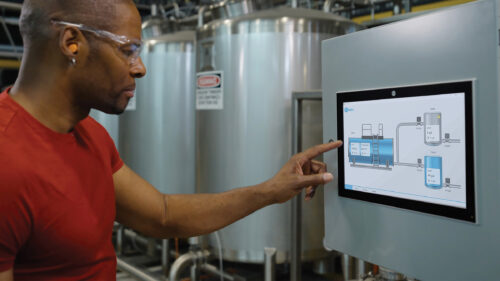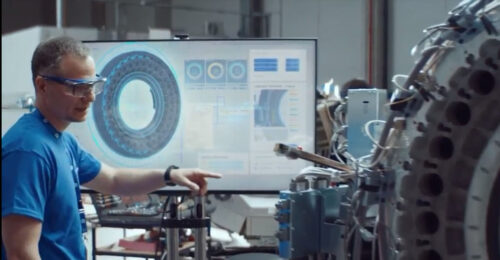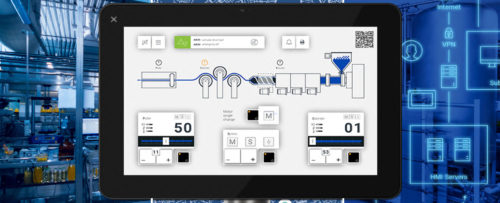Tough road ahead for WTO talks, and the manufacturing agenda
We at the National Association of Manufacturers came away from the most recent round of trade talks pleased with the effort by U.S. Trade Representative Rob Portman and U.S. negotiators to hold the line in Hong Kong, but deeply regretful that the World Trade Organization Ministerial meeting did not make the tough decisions needed to negotiate cuts in manufactured goods trade barriers.
We at the National Association of Manufacturers came away from the most recent round of trade talks pleased with the effort by U.S. Trade Representative Rob Portman and U.S. negotiators to hold the line in Hong Kong, but deeply regretful that the World Trade Organization Ministerial meeting did not make the tough decisions needed to negotiate cuts in manufactured goods trade barriers.
Despite the determined efforts by U.S. negotiators, the WTO ministers didn’t agree on meaningful guidelines for negotiating manufactured goods trade. Basically, the ministers just kicked the can down the road and pushed the tough decisions out to April 2006.
As an observer at the talks, I did walk away with some good news in that the Hong Kong text calls for sectoral negotiations in addition to a tariff formula. That’s important, because the sectoral negotiations are vital. There are 20 or so U.S. industries pressing for such sectoral agreements — including in electronics, chemicals, wood products and others.
But the other decisions we wanted were not made — like a meaningful formula that would cut into real tariff rates, or emphasis on non-tariff barriers. The NAM was hoping that ministers would make such fundamental decisions on how tariffs would be cut, how non-trade barriers could be negotiated, and the like. Those decisions did not come. Instead, the WTO ministers are leaving us with four more months of wandering around the desert without a compass.
The problem with this is that a lot of countries don’t agree with the basic premise that they have to cut their tariffs on our exports of manufactured goods. They still see the Doha Round (of WTO talks) as essentially a one-way deal in which the U.S. opens up its agricultural market, ends agricultural subsidies and cuts the few remaining high industrial tariffs (textiles, clothing, footwear and light trucks) while they basically do nothing.
Still, the U.S. negotiators didn’t lose anything and no doors were shut on us. Hong Kong also may have cleared out some of the underbrush that has diverted attention from the big trade-affecting issues, setting the stage for progress in 2006.
The meeting also heightened pressure on the European Union to move further in opening up access to its agricultural market, which is an absolute prerequisite to moving ahead. We all know the path to cutting manufactured goods barriers goes through agriculture.
Work still ahead
We are left with a lot of heavy lifting ahead, and we are going to redouble our efforts to get a final agreement that will slash trade barriers blocking manufactured goods. Manufactured goods are 75% of world trade, and we need a realization that cutting industrial trade barriers is an essential part of a comprehensive Doha Round Agreement.
One way of contributing to this is the new alliance we just formed in Hong Kong among U.S., European, Australian, Canadian, New Zealand, Korean, and other manufacturers. We have joined together for the first time and agreed to develop a common approach and common strategy – and we intend to make our voice heard in the coming months.
Without a clear statement from the ministers that one goal of the Doha Round is to cut the tariffs that are applied on manufactured goods, the existing disagreement is likely to continue. At the end of the day, will we get enough to make the deal worthwhile? There is no way to know yet, and we just have to keep trying.
Do you have experience and expertise with the topics mentioned in this content? You should consider contributing to our CFE Media editorial team and getting the recognition you and your company deserve. Click here to start this process.





